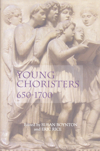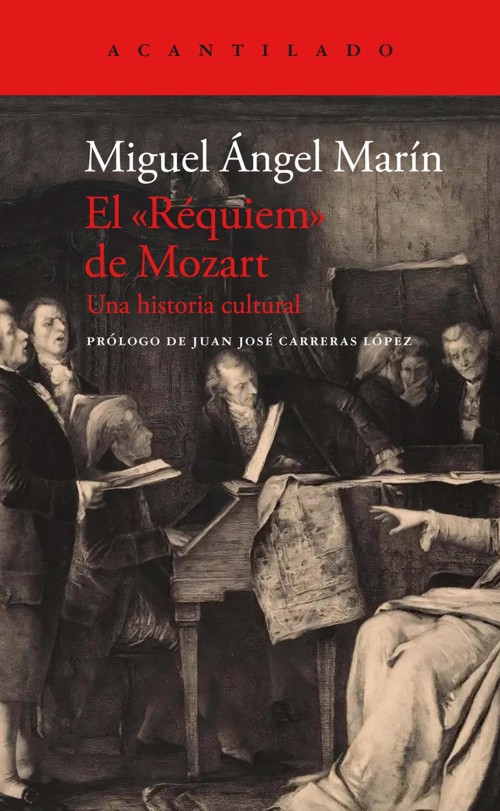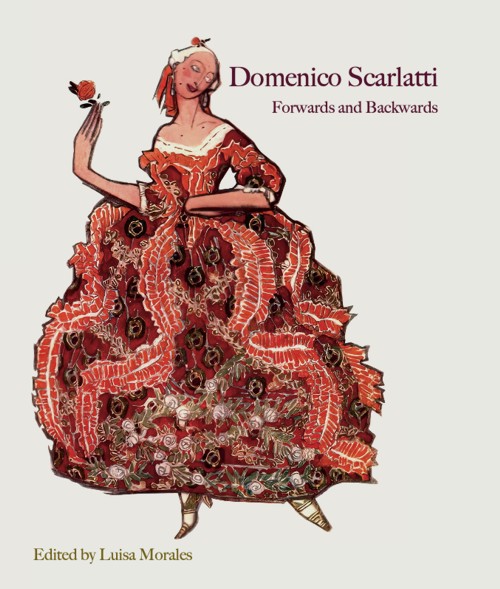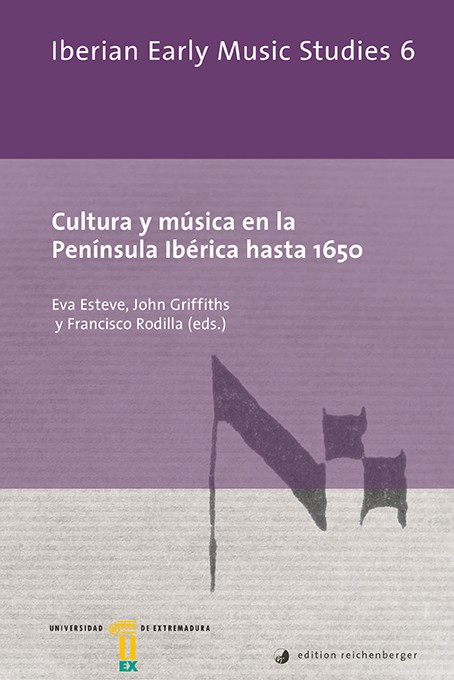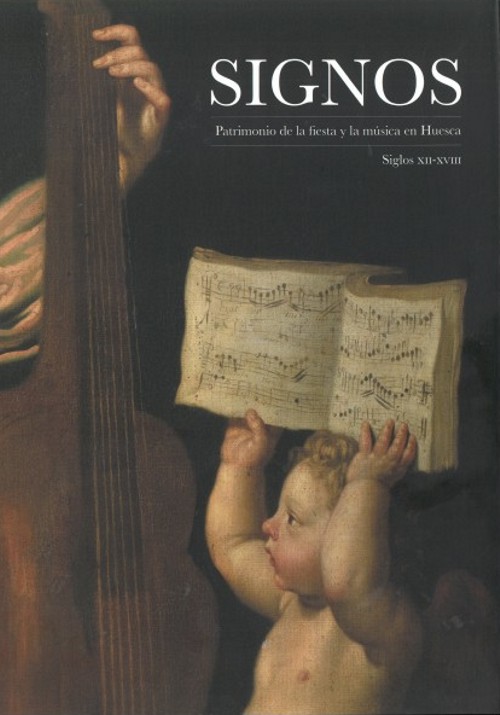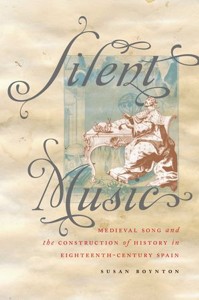
Silent Music. Medieval Song and the Construction of History in Eighteenth-Century Spain
Boynton, Susan
Oxford University Press. 2011Ficha técnica
- EAN: 9780199754595
- ISBN: 978-0-19-975459-5
- Editorial: Oxford University Press
- Fecha de edición: 2011
- Encuadernación: Cartoné con sobrecubierta
- Dimensiones: 23x15
- Idioma: Inglés
- Nº páginas: 240
Impresión bajo demanda
Disponibilidad sujeta a la información del editor¡GASTOS DE ENVÍO GRATIS!
PVP. 94,60€
Añadir a la Lista de deseos
- This book is the first synthesis and interpretation of Burriel's research on medieval liturgy and music
- Brings to light important discoveries made by a significant Enlightenment historian, and the previously unknown role of music in his thought
- Provides a unique perspective on medieval liturgical music in Spain and its continued relevance in the 18th century, from political, liturgical and cultural standpoints
Silent Music explores the importance of music and liturgy in an eighteenth-century vision of Spanish culture and national identity. From 1750 to 1755, the Jesuit Andrés Marcos Burriel (1719-1762) and the calligrapher Francisco Xavier Santiago y Palomares (1728-1796) worked together in Toledo Cathedral for the Royal Commission on the Archives, which the government created to obtain evidence for the royal patronage of church benefices in Spain. With Burriel as director, the Commission transcribed not only archival documents, but also manuscripts of canon law, history, literature, and liturgy, in order to write a new ecclesiastical history of Spain. At the center of this ambitious project of cultural nationalism stood the medieval manuscripts of the Old Hispanic rite, the liturgy associated with Toledo's Mozarabs, or Christians who had continued to practice their religion under Muslim rule. Burriel was the first to realize that the medieval manuscripts differed significantly from the early-modern editions of the Mozarabic rite. Palomares, building on his work with Burriel, wrote a history of the Visigothic script in which he noted the indecipherability of the music notation in manuscripts of the Old Hispanic rite. Palomares not only studied manuscripts, but also copied them, producing numerous drawings and a full-size, full-color parchment facsimile of the liturgical manuscript Toledo, Biblioteca Capitular 35.7 (from the late eleventh or early twelfth century),which was presented to King Ferdinand VI of Spain. Another product of this antiquarian concern with song is Palomares's copy (dedicated to Bárbara de Braganza) of the Toledo codex of the Cantigas de Santa Maria. For both men, this silent music was invaluable as a graphic legacy of Spain's past. While many historians in the Spanish Enlightenment articulated the idea of the modern nation through the study of the Middle Ages, Burriel and Palomares are exceptional for their treatment of musical notation as an object of historical study and their conception of music as an integral part of history.
CONTENIDO:
Acknowledgments
List of Illustrations
Abbreviations
Notes on Orthography and Terminology
Preface
Introduction
1. Burriel in the Spanish Enlightenment
2. The Commission on the Archives in Toledo Cathedral
3. A Gem Worthy of a King: The Facsimile of a Mozarabic Chant Book
4. Alfonso X in the Age of Ferdinand VI: Copying the Cantigas de Santa Maria
5. Palomares and the Visigothic Neumes
Epilogue
Bibliography


